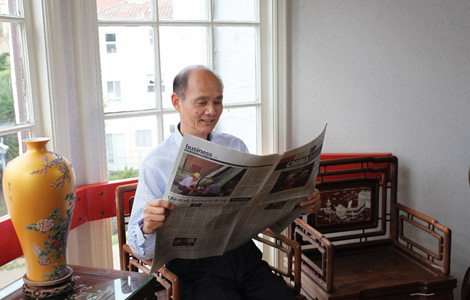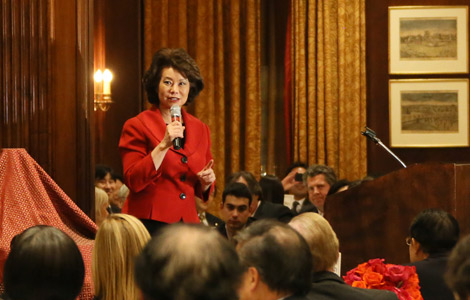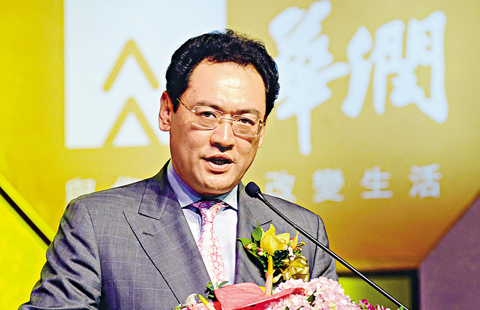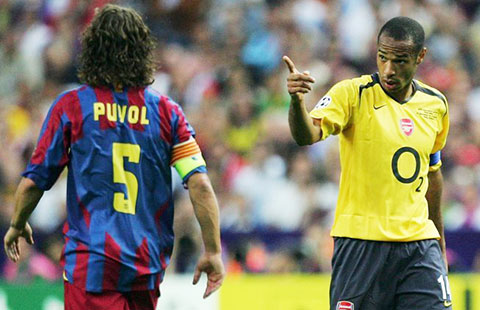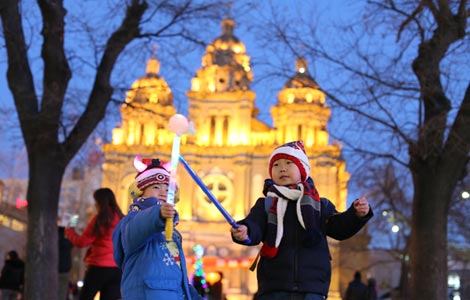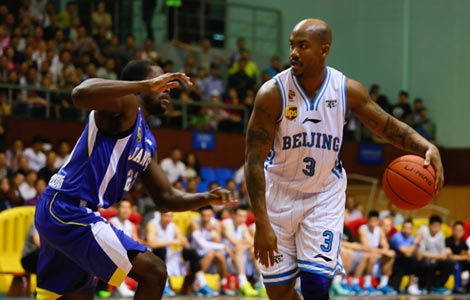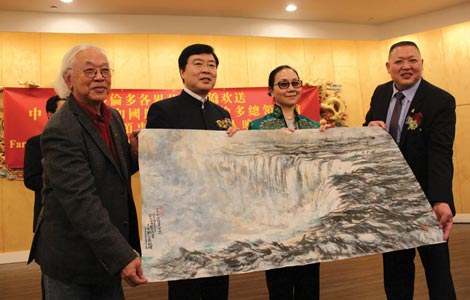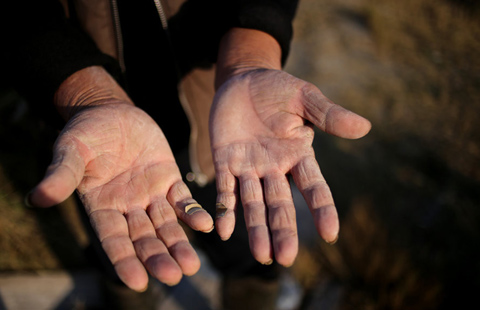Getting to know emperors through their stuff
Updated: 2014-12-12 01:09
By CHRISTOPHER DAVIS from New York(China Daily USA)
|
||||||||
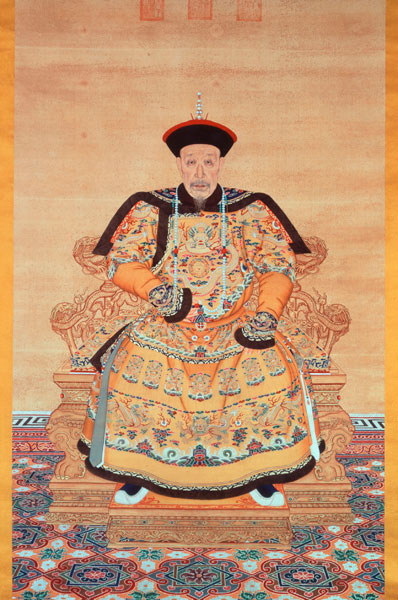 |
|
An ink and color on silk formal portrait of Qing Dynasty Emperor Qianlong in his ceremonial robes. [Photo courtesy of the Palace museum, Beijing] |
A small sampling of objects from the Forbidden City, which holds the largest royal collection in the world, is on display at the Vancouver Art Gallery. It speaks volumes about who the last emperors of China really were, reports CHRISTOPHER DAVIS from New York.
In its day, it was the largest royal palace in the world. Its 178 acres, enclosed by massive walls and a moat, contained980 buildings and courtyards, dwarfedBuckingham Palace's 40 acres and Versailles' mere 17. From the time it was completed in the early 15th century until the fall of China's imperial system in 1911, the Forbidden City - the centerpiece of Beijing - was the home of two lineages of emperors from the Ming through Qing dynasties. It is now the largest museum in the world's most populous country.
The collection housed within the massive storage capacity is estimated at 1 million pieces - most said to be of very high quality and rarely displayed - and it's only in the last 10 years that scholars have been allowed in to start doing research andunearth the vast quantity of extraordinary treasures.
The more objects that are shown to the world, two things become obvious: the emperors were collectors with plenty of wealth, and they had exquisite taste.
"On the one hand, the emperors were extremely powerful and had unlimited means and could collect whatever they wanted and needed," said Timothy Brook, Republic of China chair in history at the University of British Columbia in Vancouver.
"But there's also a sort of cultural element to this because the emperors needed to show themselves to be men of culture. You couldn't just rule China as a generalissimo. As a ruler in China, you needed to be able to present yourself as upholding the values of the culture - probably true anywhere in the world - but it seems particularly true in China."
Brook was the chief consultant for an exhibit of 200 rare and priceless objects from the Palace Museum in Beijing's Forbidden City, the largest royal collection in the world - nearly half of which have never been outside of China. The Forbidden City show, which was organized by the Palace Museum in Beijing and the Royal Ontario Museum in Toronto, is on display at the Vancouver Art Gallery through Jan 11.
"We were really interested in the course of the exhibition to highlight how these objects were emblematic of the emperor's power," said Daina Augaitis, chief curator and associate director of the gallery.
The items - from armor and bow and arrow to sedan chair, throne, portraits and tea cups - show how the emperors projected their power. "The objects you see are all about being emperor," Brook said. "Not being emperor for the emperor's sake, but being emperor for the world."
Most Viewed
Editor's Picks
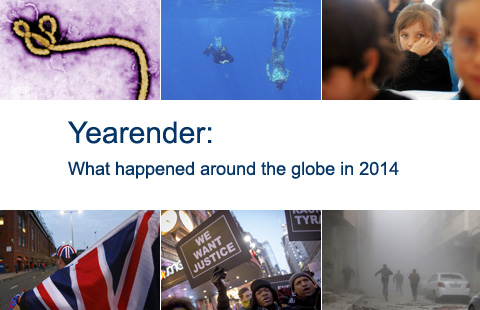
|
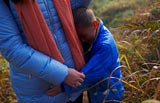
|

|

|
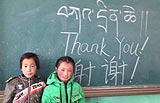
|
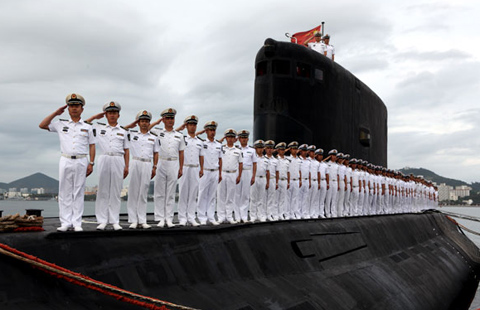
|
Today's Top News
Don't ignore own culture for Xmas, schools tell students
Christmas a day for Chinese food in US
China urged to tap Canada's talent
Research center honors late translator
Chinese dancer joins Nutcracker
Beauty firm's business not pretty in China
Reform set for GDP calculation
'Anti-graft' fight is hottest online topic
US Weekly

|

|
